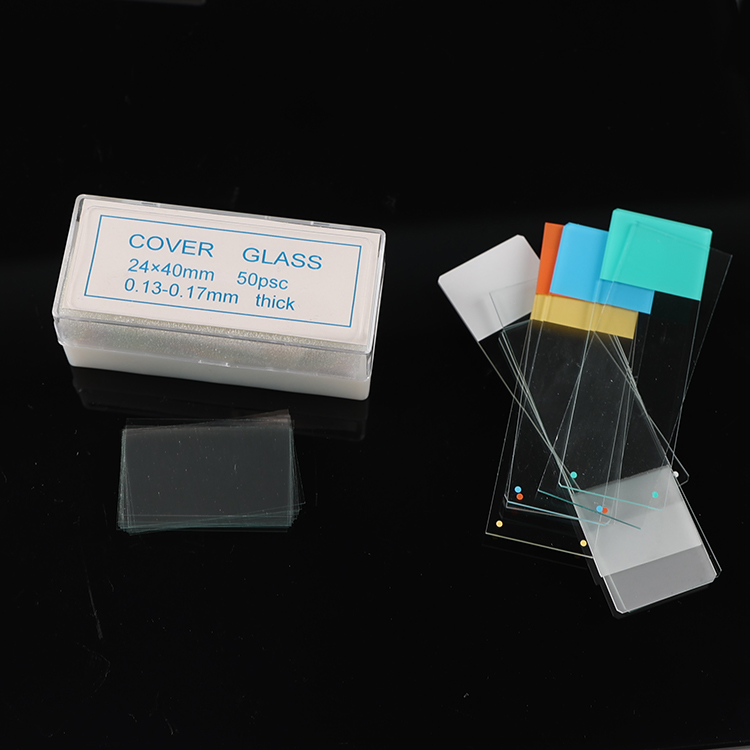Process description
This new coating system uses a hybrid coating technique to achieve deposition of the coating. This technology combines cathodic arc evaporation with tube magnetron sputtering in the same process. The arc-deposited TiAlN coating acts as a tie layer in the coating system and/or provides the required abrasion resistance to the coating system; the Al 2 O 3 coating provides high temperature stability to the system and Chemical stability.
In a typical hybrid coating system, several arc and magnetron tube sputtering cathodes were installed. Prior to deposition, the workpiece is heated to operating temperature and the system pressure is reduced to base pressure. After the workpiece is subjected to argon plasma cleaning or metal ion etching treatment, a plasma arc deposition coating is performed, and Al 2 O 3 is sputter deposited on the coating by a PVD method through a metal target placed in an argon-oxygen mixed gas. coating. In addition, the Al 2 O 3 coating can also be applied as a separate coating to some special processing applications without the need for a base layer. The Al 2 O 3 coating was deposited using Hauzer's T-mode deposition technique. The T-mode technology features a unique sputter cathode design combined with an optimized gas distribution system. The enclosed magnetic field generated by the electromagnetic coil around the substrate provides for high ionization of the plasma - which is necessary to achieve the desired coating properties. The advantage of this new technology is that the process is easy to control and the deposition process is highly stable and reproducible. In addition, its deposition rate (≥0.5 microns / hour) can fully meet the process cycle requirements of industrial economic production.
Coating application
Al 2 O 3 coatings are widely used in cemented carbide inserts, and their advantages, such as excellent resistance to crater wear and thermal cracking resistance, are well known. An Al 2 O 3 coating is typically deposited on the cemented carbide insert using a CVD process. Due to the higher deposition temperature of the CVD process, the carbides in the cemented carbide become brittle, which limits the application of the insert in metal cutting (mainly milling). In processing applications where the toughness of the cutting edge is critical, this new PVD Al 2 O 3 coating process offers users new processing possibilities at lower deposition temperatures. Especially when milling stainless steel or difficult-to-machine materials, the performance of the new Al 2 O 3 coating system can be doubled compared to conventional PVD coatings.
Processing field test results
The earliest cutting test results were published in the Hauzer For You 10 magazine, when Performa AlOx-H debuted at the EMO 2005 exhibition. Then work with other major tool manufacturers to complete more testing. The test results and coating photographs of the X5CrNi1810 and 42CrMo4V workpiece materials processed by Al 2 O 3 coated tools are described below.
Test 1: Workpiece material: X5CrNi1810; Tool: Carbide coated blade; Cutting parameters: vc = 251.32 m / min, f = 0.15 mm, ap = 2.5 mm, ae = 24 mm; Cutting length: 600 mm.
Comparing the life of the PVD coated insert Performa Alox-H with conventional coated inserts, the life of the PVD coated insert Performa Alox-H is doubled.
Test 2: Workpiece material: 42CrMo4V (DIN 1.7225); Tool: Carbide coated blade; Cutting parameters: vc = 200 m / min, f = 0.25 mm, ap = 2.5 mm, ae = 20 mm.
The comparison of the average wear of the blade flank by the PVD coated insert Performa Alox-H and the conventional coated insert for the 42CrMo4V workpiece shows that the flank wear of the PVD coated insert Performa Alox-H when the milling length is 4000 mm Significantly lower than conventional coated blades.
The cover glass is covered on the material on the glass slide, which can avoid the contact between the liquid and the objective lens, so as not to contaminate the lens, and can make the top of the observed cells in the same plane, that is, the distance from the objective lens is the same, so that the observed Images are clearer.Why do you need a coverslip when using a microscope
1. Make the object to be observed form a thin film, which is easy to transmit light and easy to observe;2. Make the specimen relatively fixed;
3. It is convenient to use the capillary phenomenon to form a gradient when adding various reagents (staining agent, acid, salt solution);
4. Avoid contamination of the specimen.
The purpose of staining the specimen with iodine solution is to make the cells more obvious under the microscope, and it can also kill the cells and prevent the cells from migrating.

microscope cover slip,cover slip microscope,microscope slide cover,microscope cover glass
Yong Yue Medical Technology(Kunshan) Co.,Ltd , https://www.yymeds.com